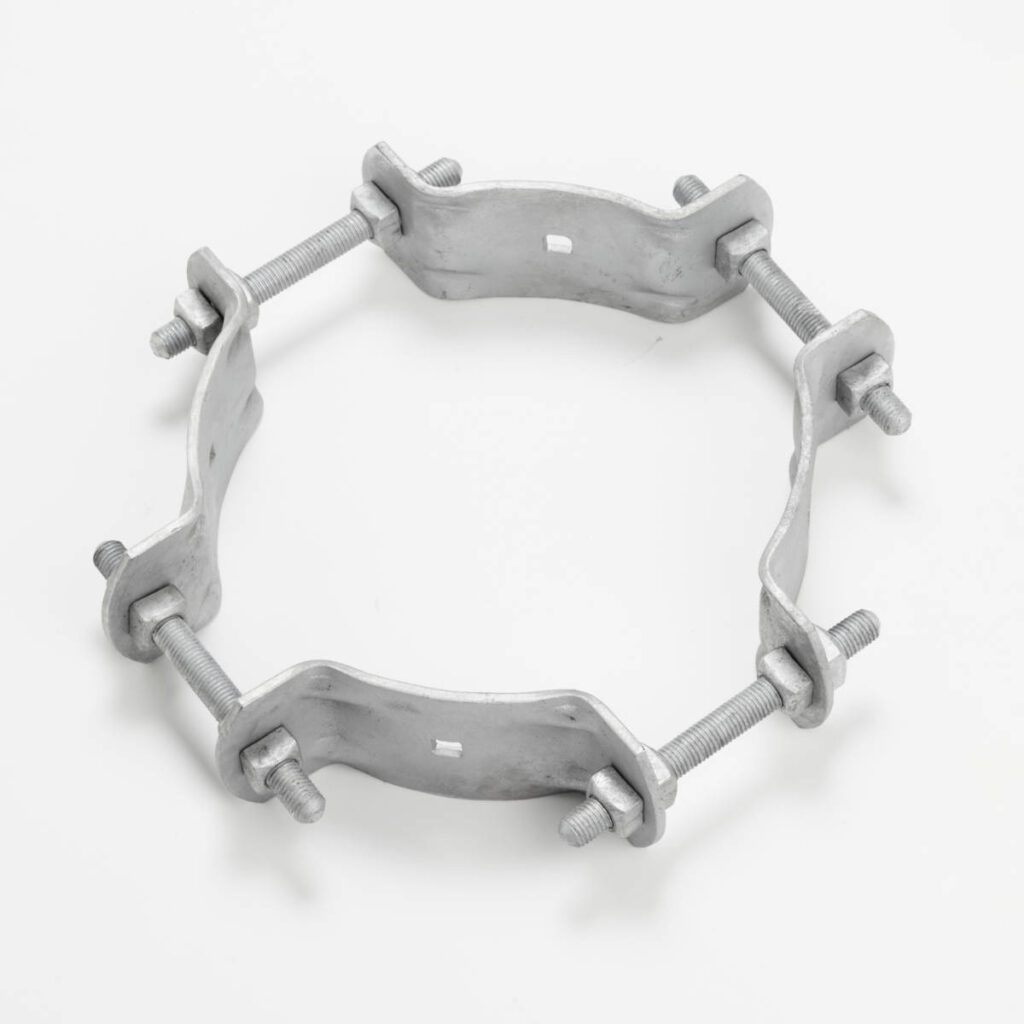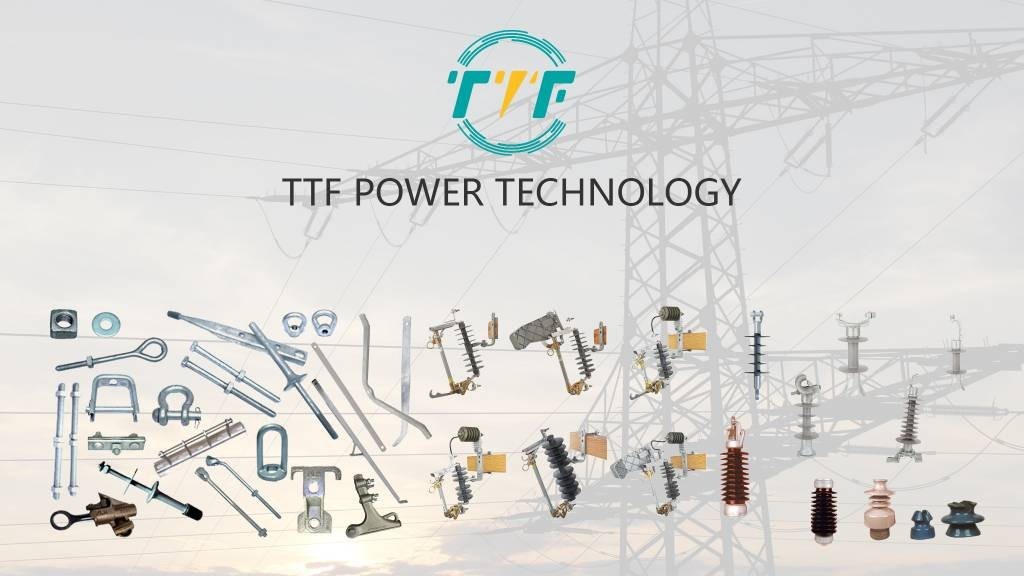Oil storage facilities play a vital role in the energy sector of South America, impacting economic stability, energy security, and environmental regulations. The facilities regulate the movement of crude oil and petroleum products. Storage facilities guarantee steady crude oil supply to refineries despite production fluctuations. The facilities hold finished goods such as gasoline, diesel, and aviation fuel post-refining. This is to ensure a steady supply for both domestic and export requirements. They additionally contribute to stabilizing local markets and guarantee a steady supply during times of high demand. Collaborative storage and pipeline systems promote regional collaboration among adjacent nations. Oil storage facilities enhance national income by generating employment in the construction, upkeep, and operation of these facilities. Pole bands encircle the pole to enhance its strength against bending and breaking. They guarantee the consistent supply of electricity to oil storage facilities.
Pole bands enhance the dependability of the energy framework that supports oil storage sites. Pole bands offer structural support and stability to the power lines and poles used in electrical transmission. They enhance the dependability, effectiveness, and security of the electrical systems that support oil storage facilities. Pole bands fasten and support power lines and conductors to guarantee they stay in position. They also assist in guaranteeing the dependable transfer of electricity from renewable energy sources to oil storage sites. Let’s examine the technologies implemented in oil storage facilities across South America. It additionally emphasizes the roles of a pole band in the supportive framework.
Roles of pole bands in oil storage facilities across South America
Pole bands ensure the structural integrity and assist operational systems in oil storage facilities. They enhance the effectiveness and dependability of the essential energy framework. The following functions of pole bands in oil storage facilities in South America are as outlined below.

- Structural stability – pole bands anchor poles integral to storage facility constructions. These include supporting pipelines, electrical lines, or lighting systems. Pole bands offer extra strength and guarantee that the poles can endure environmental pressures.
- Safety improvement – pole bands assist in securing safety signs and monitoring devices to keep them visible. The bands can also withstand corrosion, which boosts the longevity of the poles and related systems.
- Enhancing operational efficiency – pole bands fasten small pipelines to upright poles to optimize the arrangement and avoid blockages. They assist in affixing sensors, cameras, or gauges to observe tank pressure, temperature, or leaks.
- Maintenance and repairs simplify – the bands assist in the upkeep and examination of high poles. They also ease adjustments without the need to take apart the whole framework.
- Electrical and utility support – pole bands secure electrical and communication cables throughout the facility. They also assist in connecting grounding wires to poles to ensure electrical safety in oil storage settings.
Technologies utilized in oil storage sites across South America
Oil storage facilities use various advanced technologies to improve efficiency, safety, environmental compliance, and operational reliability. The technologies must tackle the region’s issues loimiting the development. These include variable production rates, geopolitical conflicts, and environmental weaknesses. These technologies impact operational efficiency, environmental regulations, safety, and sustainability. TTF is a world-class global provider of high quality overhead line hardware, transmission hardware, distribution hardware, conductors, insulators, cutout switches, anchoring and grounding products.These products support the development of oil storage systems in South America. The key technologies utilized in oil storage facilities throughout South America are as follows.

- Tank building and design – floating roof tanks serve in crude oil, while double-walled tanks offer improved spill containment. This is by featuring an outer wall to collect leaks from the inner tank.
- Monitoring and automation systems – these systems oversee and manage storage tank functions in real-time. They also maintain accurate regulation of levels, pressure, and temperature. IoT sensors enable the prompt identification of leaks, equipment malfunctions, or structural flaws.
- Safety and risk management – infrared and thermal imaging cameras can work in conjunction with water spray systems that engage automatically during fire incidents.
- Environmental protection – carbon capture and storage are a developing technology that aids in lowering emissions. This is by capturing carbon from oil extraction processes. Bioremediation methods assist in addressing spills by utilizing microorganisms that decompose hydrocarbons into safer materials.
- Pipeline integration and transfer systems – automated loading arms ease the efficient and spill-free transfer of oil to and from storage tanks. Sensors in real-time identify flow rates, variations in pressure, and possible leaks.